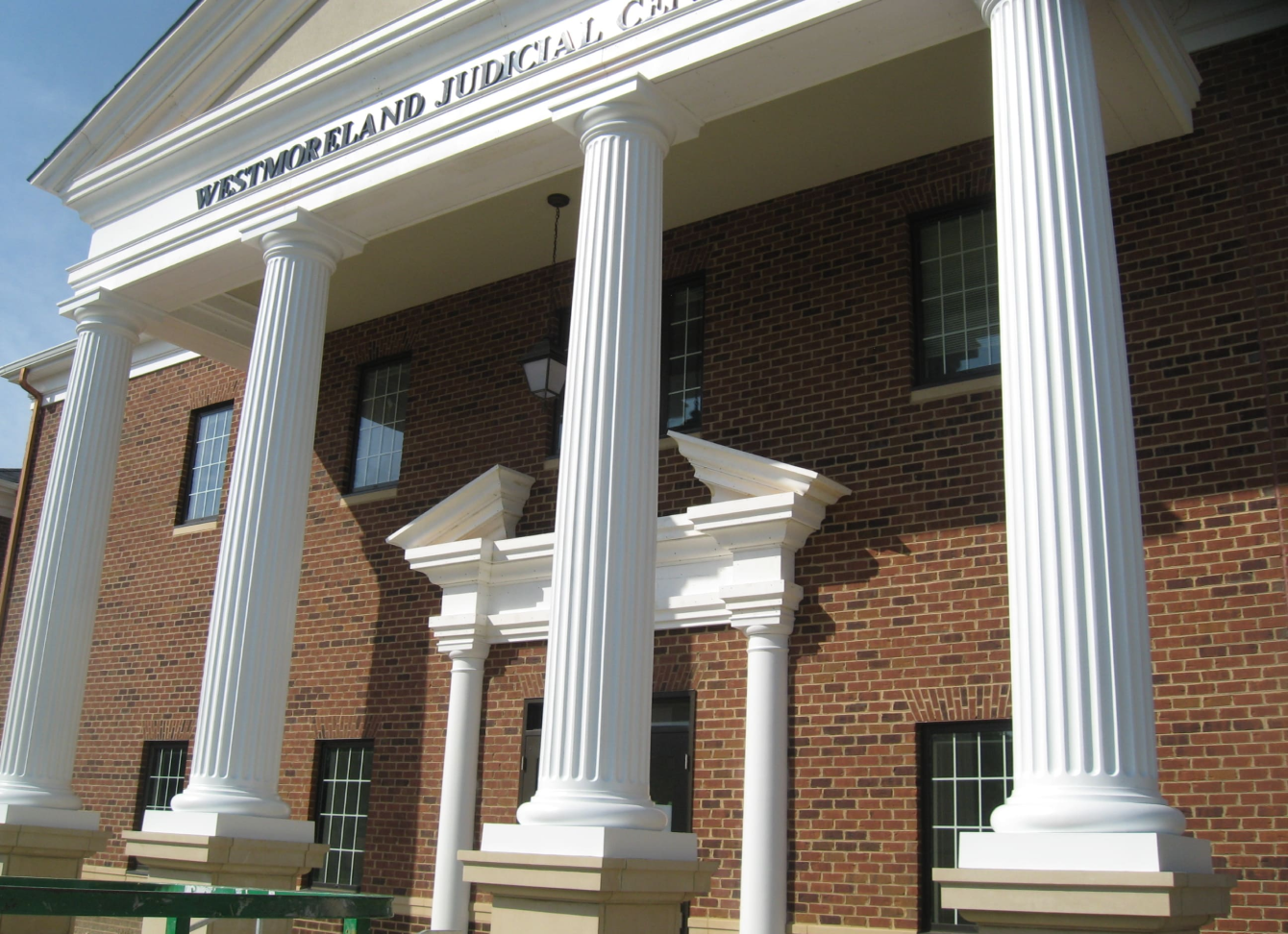10 Basic Principles When Restoring A Home's Architectural Details
Did you know there is a big difference between restoring a house and rehabilitating one? Restoring your home involves faithfully repairing and re-creating a building's original architectural elements so that it closely resembles its appearance at a previous point in time. Rehabilitating your home is more interpretive - it involves making the structure sound and usable again and retaining whatever original features are possible to save, but not necessarily restoring things that have gone missing. For new owners of old houses, deciding which approach to use is the first logical step in helping map out repairs. These basic rules for sensitive historic rehabilitation - based on the secretary of the interior's standards used to enforce the Federal Rehabilitation Incentive Tax Program - office sound advice.
- Make every reasonable effort. to minimally alter the building and it's environment.
- Don't destroy the distinguishing original qualities or character of a building and its environment. Avoid removing or altering historic material or distinctive architectural features whenever possible.
- Recognize buildings as products of their own time, and don't add alterations that have no historical basis, or that seek to create an earlier appearance.
- Changes that have taken place on the building over the course of time are evidence of the history and development of the building and its environment, and may have acquired significance in their own right, which should be recognized and respected.
- Treat stylistic features or examples of skilled craftsmanship sensitively (i.e, save them whenever possible).
- Repair deteriorated architectural details instead of replacing them whenever possible. If replacement is necessary, match the new material as closely as you can to the original in terms of comparison, design, color, texture, and other visual qualities.
- Perform surface cleaning by the gentlest means possible. Don't use sandblasting or other intensive techniques that can damage the original materials. (Sandblasting brick, for example, can leave permanent pits and scars.)
- Make every reasonable effort to protect and preserve archaeological resources affected by, or adjacent to, any project. (There may be significant artifacts in the ground surrounding an old building; if major excavation is called for, seek professional advice.)
- Design for alterations and additions to existing properties can be contemporary if they are compatible with the size, scale, color, material, and character of the property, neighborhood, or environment, and if they don't destroy significant historical, architectural, or cultural material.
- Whenever possible, additions or alterations should be done in a way that is reversible, so that if these additions or alterations were to be removed in the future, the essential form and integrity of the structure would remain unimpaired.

